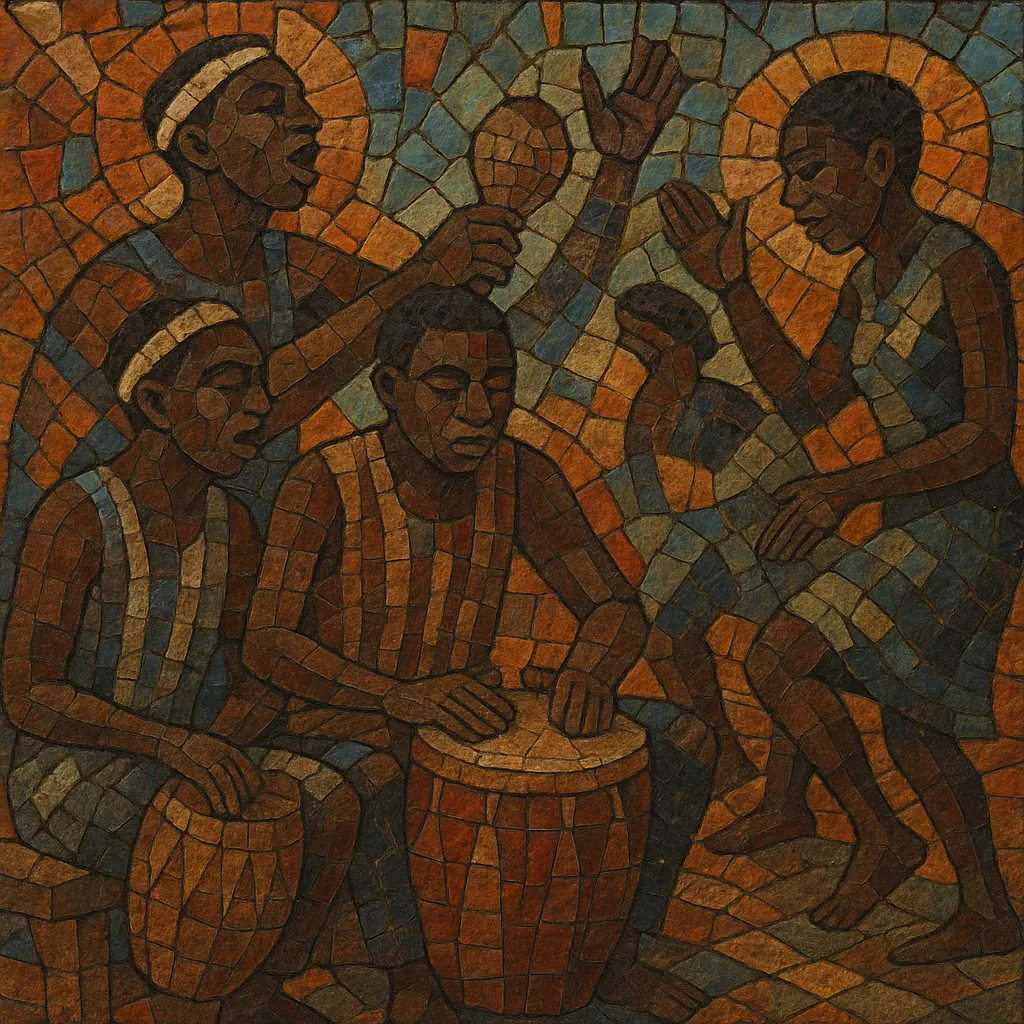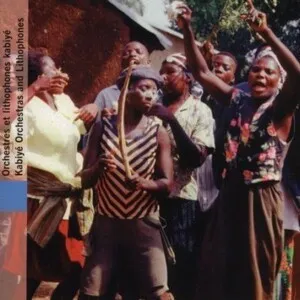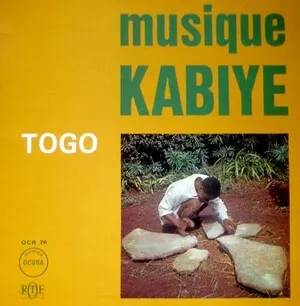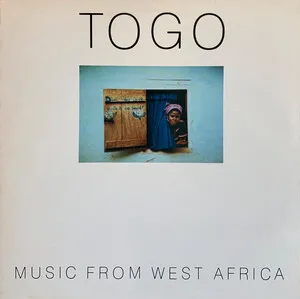Kabye folk music is the traditional music of the Kabyé (Kabré) people of northern Togo. It is community‑based, tied to life‑cycle rituals, agricultural calendars, and the famed Evala initiation wrestling festival.
Performances center on tightly interlocking polyrhythms played on drums, iron bells, and gourd rattles, over which leaders and choruses exchange call‑and‑response vocals. Melodies often follow pentatonic or narrow‑range patterns and reflect the tonal contours of the Kabyé language, while lyrics transmit praise, moral proverbs, clan history, and invocations to ancestors.
The style is highly participatory: singing, handclapping, dancing, and responsorial refrains draw in the whole community, creating a driving, celebratory sound shaped by overlapping rhythmic cycles and collective energy.
Kabye folk music arose in the precolonial northern Togo highlands as a functional, communal art. It was embedded in ceremonies such as Evala (initiation wrestling), harvest observances, weddings, and funerals, where music coordinated movement, praised lineages, and bound participants through shared rhythm and dance.
During the late 19th and early 20th centuries, German and later French colonial administrators and ethnographers first documented Kabyé performance practices. Field notes and early recordings emphasized polyrhythmic drumming, iron bell time‑lines, and antiphonal singing that framed initiation and agricultural rites.
After Togo’s independence (1960), national folkloric troupes curated regional traditions, including Kabyé repertories, for stage contexts and cultural diplomacy. This brought broader visibility while standardizing some pieces for performance, preserving core rhythmic structures and responsorial vocals.
Today, Kabyé folk music remains central to local ritual life—especially Evala—while also appearing at festivals and on media platforms. Community ensembles maintain oral transmission, and younger performers selectively fuse traditional drumming, bells, and choral textures with guitar or keyboard accompaniments, extending the tradition without losing its communal heartbeat.





